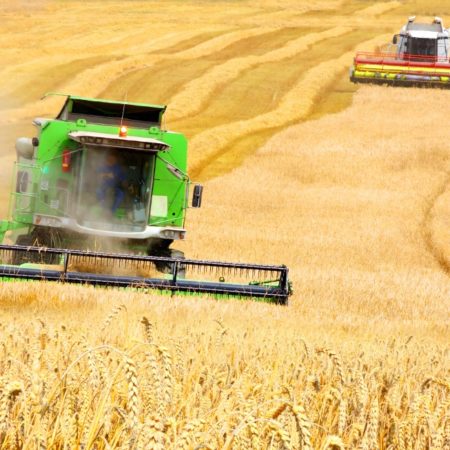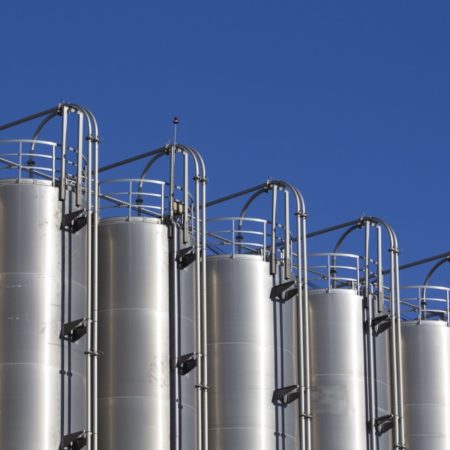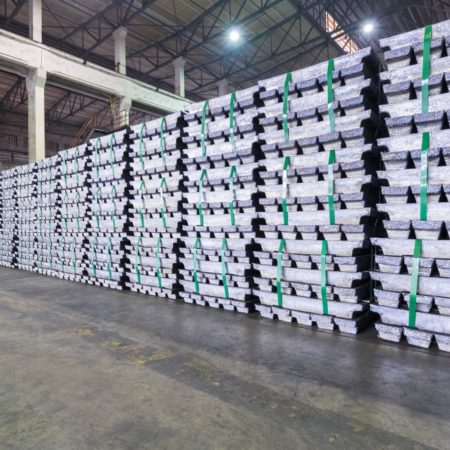1. Legal certainty
Much discussion has been had on the legality of digital versions of existing paper such as bills of lading and warehouse receipts. As an example, very few jurisdictions globally fully support the complete dematerialisation of paper. This is one of the reasons that the leading market infrastructure organisations employ a depository model, so in the case of going to law, paper certificates can be produced as evidence of ownership or rights entitlement.
When commodities market participants such as traders and financers look at large commodity based deals, the values can extend to millions of dollars, meaning that legal certainty is not something taken lightly.
Existing market infrastructure players have spent many millions obtaining legal opinion on structures and for different jurisdictions. Yet many institutions are still uncertain of the legal status of blockchain-based records


2. Physical nature of the underlying
Because the underlying product is so physical in nature, linking a digital/blockchain record to a large stack of metal or a bulk pile of cocoa beans is inherently tricky. IoT offers some potential solutions but work is still needed to ensure that, at the point of entry on to a ledger, the goods are accurately depicted (a form of consensus…).
It’s also true that the goods in question must remain in a known state (i.e. quantity and quality) while they are represented by ledger records. Agricultural commodities degrade over time, oil products change their physical properties and volumes and warehouses have been known to move metals around in warehouses – how is this monitored in digital terms?
3. Market desire for opacity
The physical commodities world thrives on information advantage.
Simply knowing where certain commodities are held or are due to be loaded, or who owns them, can give rise to significant commercial advantage. Platforms which potentially offer fuller transparency are bound not to be popular.


4. First mover jitters
Early adoption is often perceived as an advantage, especially when it comes to technology.
However, the physical commodities world is often perceived as a more traditional market, in which participants prefer to follow after the pioneers, rather than make the investment only to be overtaken once the flaws and challenges have been solved
5. Lack of regulatory drive
The physical side of the commodities sector is largely unregulated at the moment. Regulation and regulatory reporting in particular has been one of the major drivers for processes going digital.
Without this pressure from a regulatory perspective, participants have less motivation to invest in technology like blockchain which in theory provides increased transparency, more safeguarding and easier (mandatory) reporting.

You may have noticed that nothing above mentions the actual technology. That’s because the technology, whilst not completely established or mature yet, will undoubtedly get there.
Recent reports of high performance blockchains and the huge investments that leading technology companies are making will deliver the performance, interoperability and standards that are required.
The wide range of companies, both fintech and traditional, that are dedicating resource and effort to proofs of concept, trials and experiments will lead to breakthroughs and real progress. Technology is not the issue, and those that think it is are missing the point.
*blockers for now, at least
Your feedback and additional thoughts are welcome











